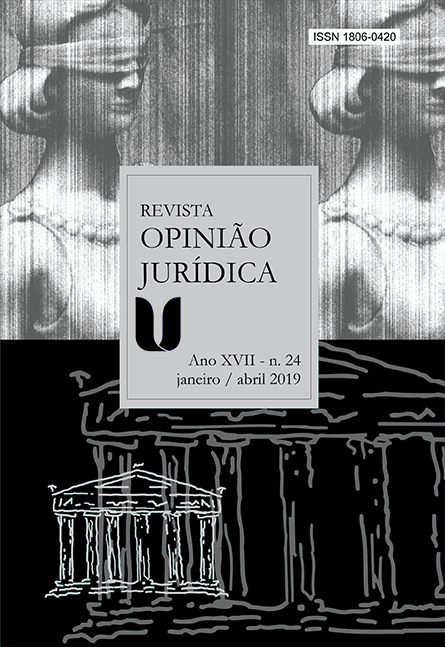The “grave risk exception”, efficiency and the Hague Convention on Child Abduction: a Law and Economics Approach
DOI:
https://doi.org/10.12662/2447-6641oj.v17i24.p177-203.2019Palabras clave:
International Child Abduction, Hague Convention, Grave Risk Exception, Law and Economics, Rules and StandardsResumen
Contracting States adopted the Hague Convention on Child Abduction in 1980 after an extensive negotiation effort. The fi nal text added exceptions to the primary objective of prompt return of children wrongfully abducted to a country different from the one he/she habitually resided. Among them, the grave risk exception deals with situations in which the child, upon its return, may face physical or psychological harm or otherwise be placed in an intolerable situation. We posit in this paper that the elaboration and the evolution of this exception have been effi cient-prone in terms of legal design. To support our claim, the paper draws on the methodology of law and economics, more specifi cally on the standard and rules debate. The research demonstrates that the representatives of States faced heightened costs of specifi cations and low frequency of cases, which suggested the adoption of a standard. Moreover, nowadays, enduring specifi cation costs (which prompt for standards) and the elaboration of a Guide of Good Practices related to the concerned exception appear to be the best alternative available to advance its implementation. Therefore, on both its origin and evolvement, the exception follows an effi cient framework
in terms of legal design.
Descargas
Publicado
Cómo citar
Número
Sección
Licencia
La sumisión de artículos para publicación en Opinião Jurídica implica en la transferencia de los derechos autorales por el autor al Centro Universitário Christus – UNICHRISTUS para reproducción, publicidad, distribución, impresión y publicación, de acuerdo con la Norma de Publicación 414R, Opin. Jur., Fortaleza, año 12, n. 6, p. 1-414, Ene./Dic. 2014, costas a cargo de UNICHRISTUS, en cualquier formato o medio existente o que venga a existir, de acuerdo con los artículos 49 y siguientes de la ley federal 9.610/98.
1. Al ceder los derechos autorales, el autor accepta hacerlo de manera exclusiva, gratuita y por la totalidad del trabajo.
2. UNICHRISTUS puede disponibilizar el trabajo, en parte o en todo, para propósitos educativos, sin alterar su contenido, a la excepción de pequeñas correcciones que sean necesarias.
3. La cesión de los derechos autorales es válida en todos los países y para versiones del material en su idioma original y en versiones traducidas.
RESPONSABILIDAD POR EL CONTENIDO
Al someter un artículo, el autor declara tener la sola responsabilidad por el contenido del trabajo, siendo, por lo tanto, responsable por cualesquiera medidas judiciales o extrajudiciales referentes a él.
1. En caso de autoría conjunta, todos los autores son considerados colectivamente responsables, excepto cuando haya pruebas en contrario.


















